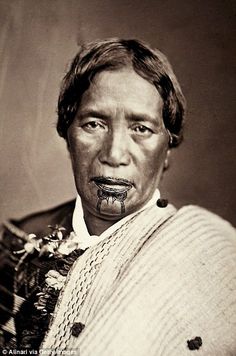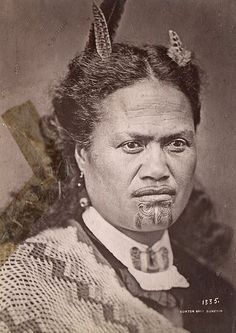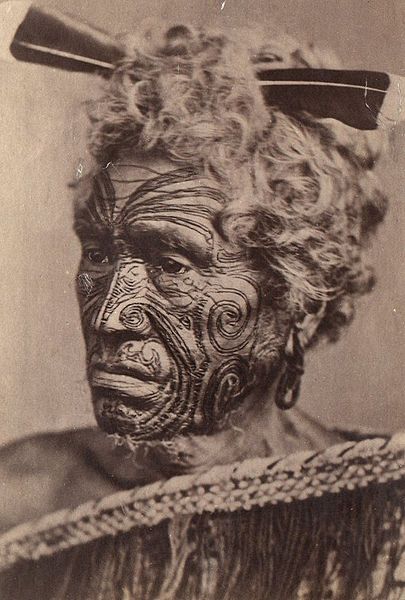Episode 5 Fact 2: Uhi/Ta Moko
Māori have a form of body art known as Tā Moko. Considered sacred, the head or facial Tattoo was the most popular for our ancestors. Often this tattoo covered the whole face and was a symbol of rank, social status, power and prestige.
For Māori, tattooing was (and for some, still is) a rite of passage, which meant it was highly revered and ritualised.
The Maori tattoo artist is called the Tohunga Tā Moko. These tattooists are highly respected and considered Tapu which means inviolable or holy. Tohunga Tā Moko were mostly men, but there are a few women who take up the practice today.
Maori tattoo traditionally did not involve the use of needles, rather the Maori used knives and chisels made from sharp stones. The chisel called Uhi was made from albatross bone or other seabirds, Although some were said to be made from iron after contact with early Europeans.
Knives and chisels were either plain and smooth or serrated, and these were used interchangeably depending on the intended pattern or design in the skin.
Uhi produced the deep grooved lines that made Māori moko unique. These designs were literally carved into the face as if it were a piece of wood.
Ref: Rawinia Higgins; Tā Moko - Māori Tattooing - Tā Moko Technology
"Māori Tattoo: The Definite Guide to Tā Moko







